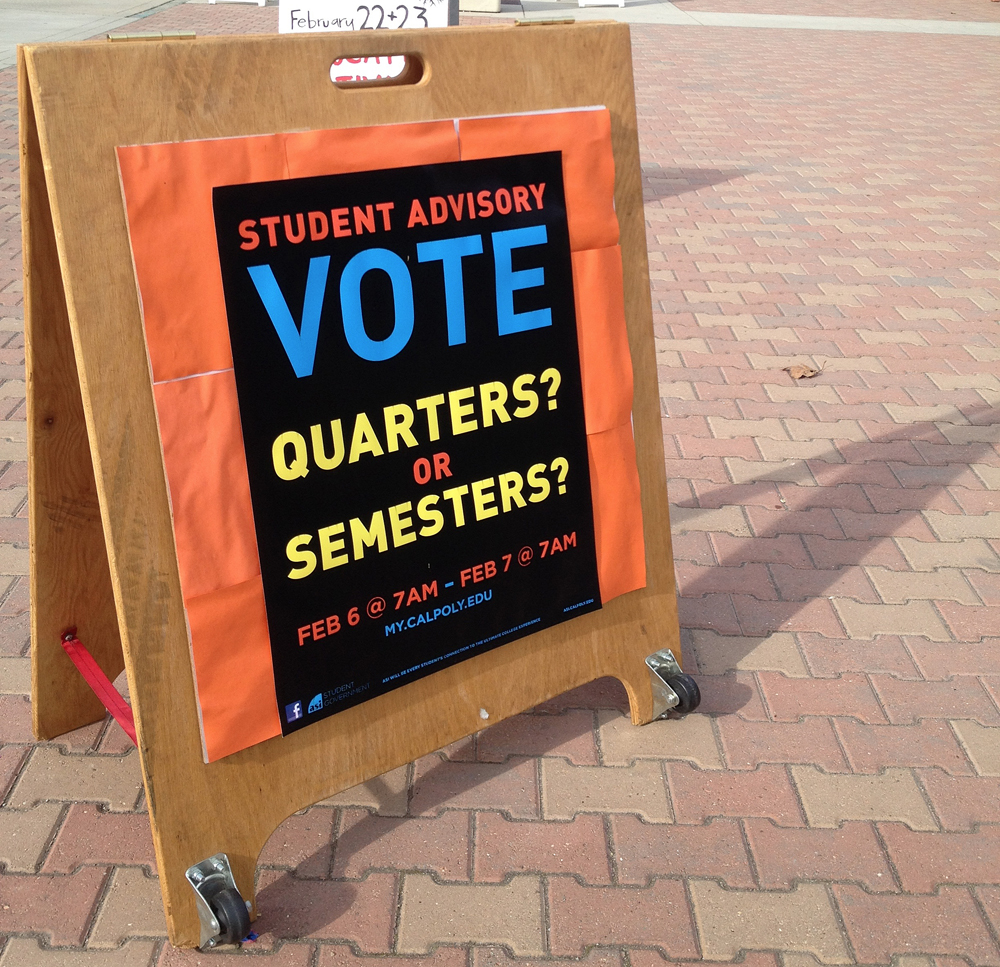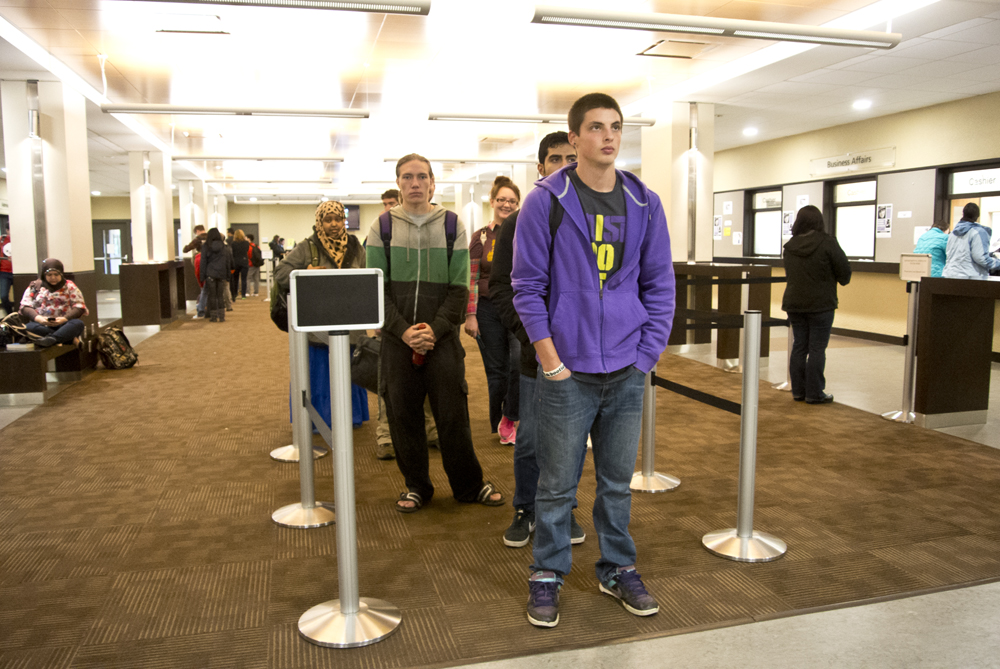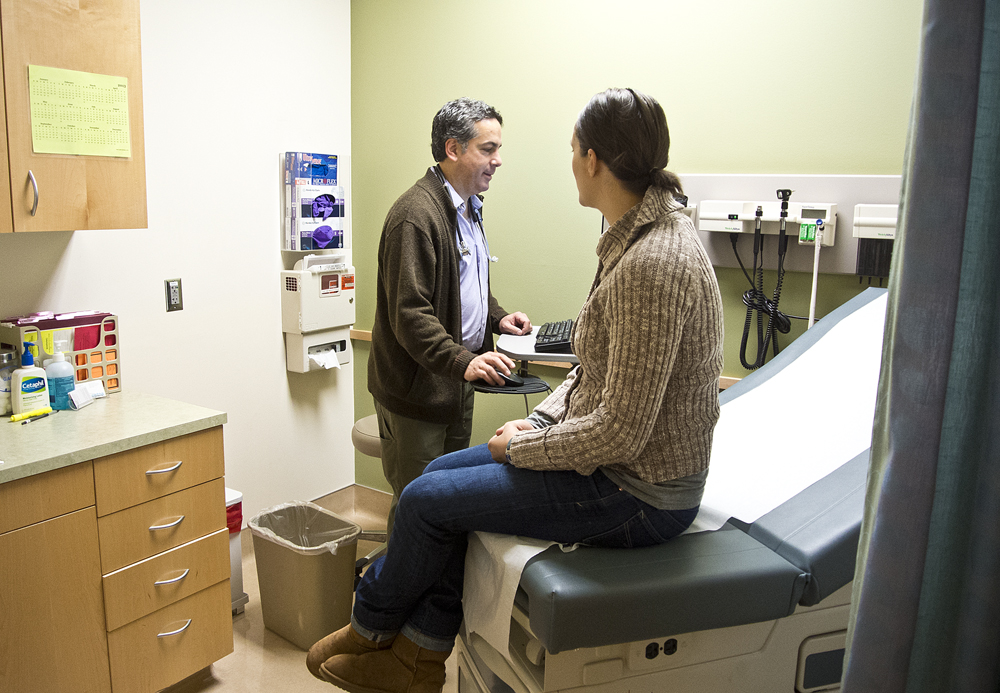Last week, in my “Students Re-THINK PSU” countdown, I called for switching from quarters to a semester calendar as the number one thing the university could do to help students….
Students Re-THINK PSU, Part 2
Last week I introduced the first five of 10 recommended improvements to make Portland State a great university for students through better amenities, good practices and a new structure. This…
Students re-think PSU, part one
Earlier this year, Portland State allocated $3 million for the Provost’s Challenge, part of President Wim Wiewel’s reTHINK PSU initiative. The initiative asked faculty and departments, with a few student…
You Don’t Know What You Got
I talk to a lot of students who don’t really know if they should feel good, bad or indifferent about the mandatory PSU health insurance. If you are carrying this…
Clicking for classes
Here’s how I spent my summer vacation: I took my first online course at Portland State. The class was Nonverbal Communication—online. That was irony number one. “I’m taking Nonverbal Communication,”…
Top 20 big words you need in college
Impress your friends! Convince your professor that you have already finished her readings! Here are the top 20 terms you may not know yet that will pop up again and again in your academic career at PSU. The best use of this clip-and-save guide is as a handy “heuristic” (see below) to help you breeze through those articles written by the pretentious researchers your professor hangs out with. You won’t have to grab a dictionary. You’ll leap over these mental hurdles and power through to the Readings Finish Line. Collect all 20 in your head! Trade with friends!
Paper, plastic,or neither?
The City of Portland has officially banned plastic bags at grocery store checkout stands as of Oct. 15. This has students asking: Should Portland State follow suit? How should we answer when asked, “paper or plastic?”
Plastic bags can be very green, according to Ken Brown, CEO of the Portland State Bookstore. The bookstore’s bags “can be used many times,” Brown said, and are “greener than paper bags in environmental criteria.”
Time to ship out
Nobody knows what will happen. Everyone hopes for the best, and everyone knows what “bad” looks like.
President Barack Obama announced on Oct. 21 that the remaining 50,000 American combat troops in Iraq will leave in December of this year, as outlined in the Status of Forces Agreement established in the last two months of the Bush administration.
Shock therapy
Sex in videos and movies is rampant. The television program Glee takes on scenes of teens losing their virginity. What Beyonce is asked to do in her music videos is so far outside of herself, she says, that she invents a character, “Sasha,” to do the super-racy videos for her. Bedroom scenes in soap operas abound. But these are not the only shockers we’re exposed to.
Violence takes no back seat to sex in this trend of shock value in our media. Studies estimate we will witness more than 2,000 “murders” on television by the age of 18.
PSU sees increase in black enrollment
Portland State touted a gain of about 124 new black students in 2010–11. In a sea of almost 28,000 students, 874 black students matriculated here last year—3.5 percent of the university’s students—according to data from PSU’s Office of Institutional Research and Planning (OIRP).
Is this cause to celebrate? The OIRP report points out that this 3.5 percent is “higher than Oregon high school completers (who are black), which is 2.7 percent.” Sirius Bonner, a university admissions official in charge of diversity recruitment programs, said a fair comparison is Western Oregon University, with its 2.7 percent enrollment rate of black students.
Keeping it covered
Young adults 18–25 are gaining health care coverage through their parents’ plans faster than expected. Since this requirement of President Obama’s Affordable Health Care Act (“Obamacare”) took effect a year ago, they are no longer the most uninsured age group. Analysis shows that 18–24 year olds have pulled ahead of their 25–34 year old counterparts, dipping down from 29 percent uninsured to 27.2 percent by one report, 24.2 percent by another.






